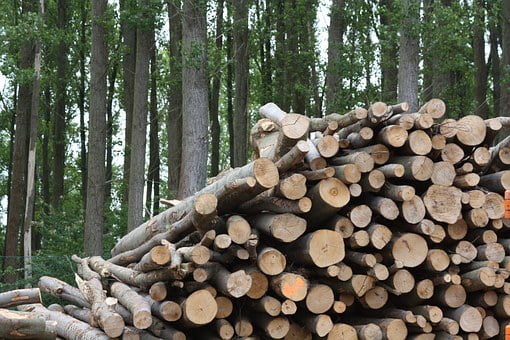
Biomass is gathered from discarded materials of plants, living organism, trees and agricultural waste. These material contain good calorific value which can be used as fuel. The most common form of use is logs, pellets and wood waste. With some processing, biomass can be converted to a reliable fuel which can run modern engine.
The first generation of biomass fuel is usually sourced from starch, sugar and vegetable oil and produced through yeast fermentation. They are called bio-diesel or bio-alcohols. The second generation biofuels is produced by advanced extraction technology from lignocellulose feedstock . The process may involves thermo-chemical conversion or bio-chemical conversion. These second generation biomass fuel are produced from grass and specially cultivated plant like jatropha and other seed crops to produce butanol, ethanol etc.,. Sometimes, municipal solid waste can also be processed to produce second generation biofuels. The third generation biofuels are produced from specific oil rich algae which is still under development, which can produce ethanol.
Globally, biomass has excellent potential serve energy needs like heating, fuel for engines and electricity generation. However, alternative options makes biomass less attractive. With green solar energy, it provides cleaner option to generate electricity and convenient. Besides, use of biomass has some social and environmental risks like sustaining supplies and availability of land for such energy crops. Still, bio-fuels are better option as they are renewable source. Globally, USA, Brazil , China are leaders in biomass power generation followed by Germany, Austrial, Sweden, India etc.,
Leave a Reply